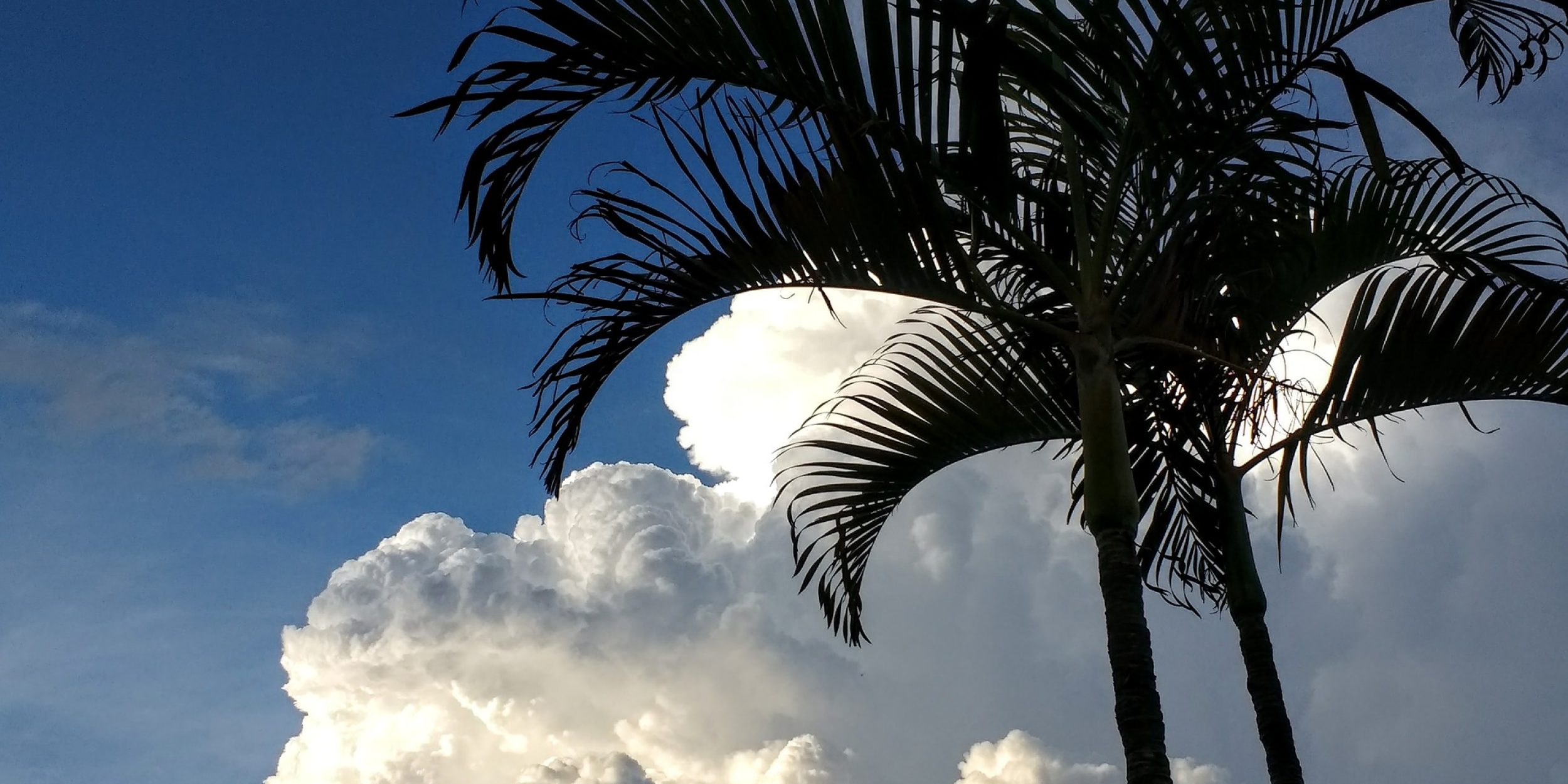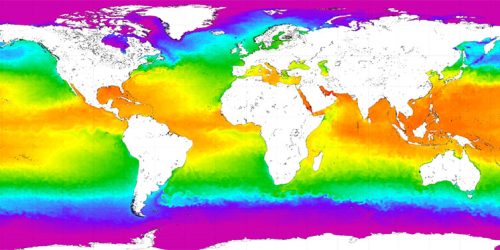Satellite Data Verifies Wind-Induced Surface Fluxes Help Maintain MJO Convection
Researchers, supported in part by CPO’s Climate Variability & Predictability (CVP) program, used satellite data to confirm findings on interseasonal convection previously evidenced only by buoy data.
The Madden-Julian Oscillation (MJO) is the dominant mode of tropical intraseasonal variability. Previous research, using data collected from observation buoys, suggested that MJO’s intraseasonal convection, a physical mechanism associated with rain and storm formation, is maintained in part by wind-induced surface heat flux anomalies. Surface latent heat flux, or enhanced surface evaporation, driven by high or anomalous wind speeds have a direct impact on convection by adding moisture to the atmosphere. In short, this enhanced evaporation could help maintain MJO convection. Reachers, supported in part by CVP, tested this previous assumption using wind speed and surface latent heat flux anomalies measured by the Cyclone Global Navigation Satellite System (CYGNSS). CYGNSS data has the advantage over data used in previous studies because of increased coverage and the ability to measure in regions of heavy rainfall. The study, published in Geophysical Research Letters, shows that these anomalies can help explain the physical mechanisms maintaining the MJO in the Indo-Pacific warm pool and over the eastern north Pacific during northern hemisphere summertime. The study concludes that wind-induced surface flux is important for the propagation, growth, and maintenance of MJO, though calls for continued investigation as more and more satellite data becomes available.
Validating Two Theories on MJO Propagation
CVP-supported research empirically tests two existing moisture-mode theories regarding MJO eastward propagation. The data shows evidence for both theories, but only one theory is reflected in 100% of the days studied.
MJO is characterized by slow, eastward propagation along the equator over the Eastern Hemisphere. Understanding the basic mechanisms underlying MJO’s propagation is important, as MJO is a major source of predictability for seasonal to subseasonal forecasts. While a number of theories have been developed over the past few decades, a recent school of thought focuses on the role of perturbation or trigger moisture in MJO propagation dynamics. Researchers, supported in part by CVP, looked at over 2,000 MJO days across 33 years’ worth of data to test these moisture mode theories. Their study, published in the Journal of Climate, focuses on two types of moisture mode theories which each emphasize different physical processes. Simplified, the first theory focuses on moisture in the atmospheric planetary boundary layer and the second theory on column-integrated moisture. The researchers concentrated on what percentage of eastward propagating MJO days involve only one of the two moisture mode mechanisms and, for these days, which mechanism was causing the eastward propagation. Their findings confirm that both types of moisture mode theories are reflected in the data, particularly over the tropical Indian Ocean and the western Maritime Content. However, east of these regions, only the second theory is reflected in 100% of the data days, compared with 23% for the first theory.










